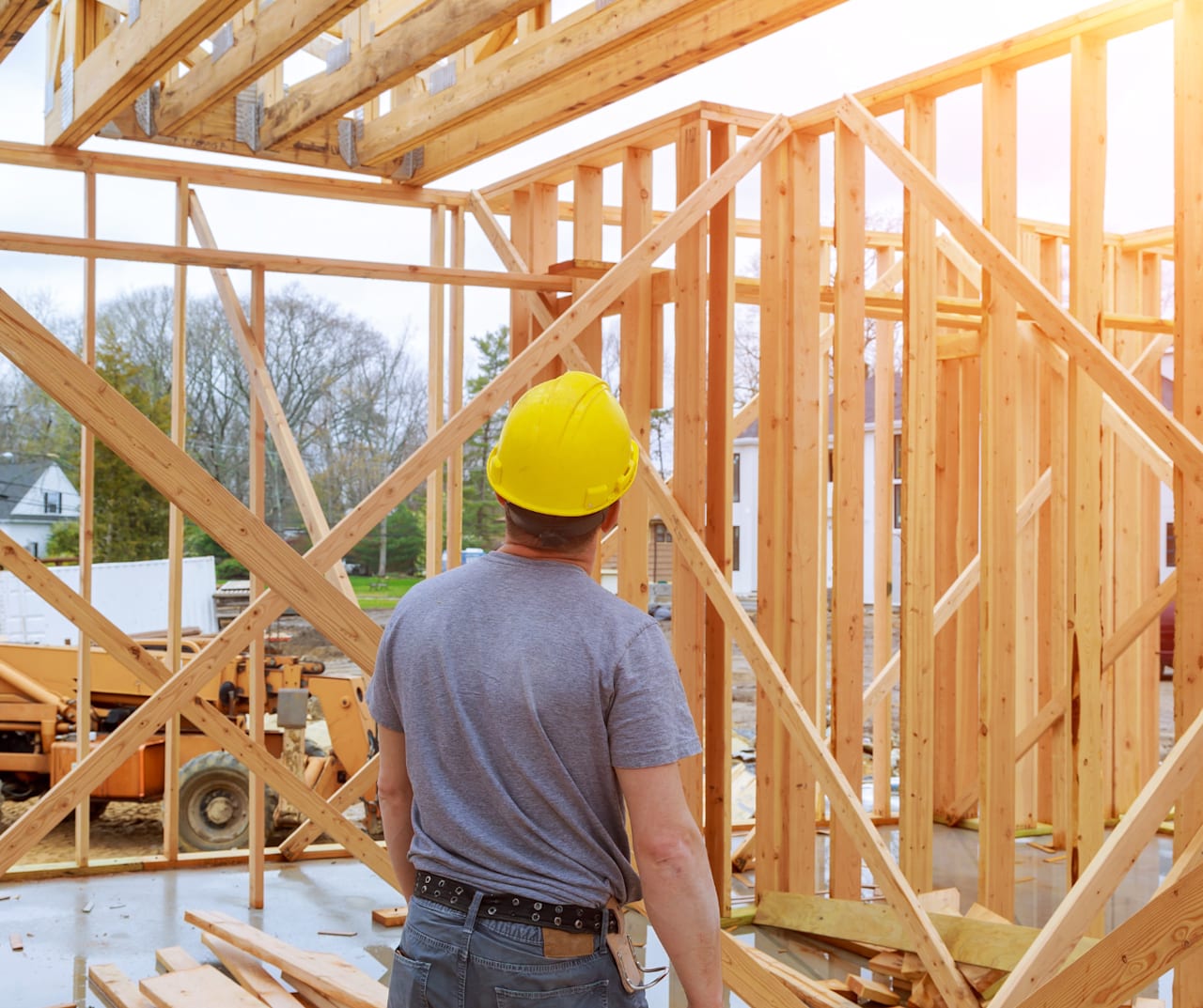As we step into 2024, the field of residential construction is evolving rapidly. Homebuyers are actively searching for innovative designs, sustainable solutions, and high-tech features that enhance convenience and comfort. Whether you’re building your first home or a veteran in home ownership, grasping these upcoming trends will be essential to ensure wise decisions throughout the home building journey.
In this write-up, we will examine the key trends shaping new home construction in 2024, offering insights into home design, planning, materials, and funding. Starting with the benefits of energy-efficient homes to the discussion on custom builds versus ready-made designs, we will offer a detailed overview that empowers you to create your dream home. Join us as we delve into the thrilling opportunities that are in store in the next era of home construction.
Comprehensive Guide to Constructing a New Home

Building a fresh house can be a thrilling yet overwhelming process. The initial step involves thorough planning and organization, which begins with establishing your budget and identifying your specific requirements. This includes selecting a proper plot of land, noting your preferred features, and establishing a timeline for the whole task. Researching different builders or builders is also essential at this point, as they will take a significant part in bringing your vision to fruition.
Once you have a defined strategy, the subsequent phase is to finalize your design and secure the necessary permissions. Hiring an architectural designer can turn out helpful for developing a tailored layout that fits both your lifestyle and budget. It is vital to understand local zoning laws and construction codes to ensure your plans comply. Once permissions granted, your builder can begin the construction process, which will include preparing the site, pouring the base, and framing the building.
When the building progresses, you will need to stay proactively engaged by talking with your builder and deciding choices regarding materials and finishes. Regular inspections will help you oversee the progress and tackle any concerns that come up. After building is finished, a final review and walk-through will ensure everything satisfies your standards before the big move-in day. This systematic approach will help simplify the process and make your ideal home a reality.
Financing Your Future Home Construction
When it comes to financing your new home build, understanding your choices is crucial. Many builders offer a range of financing solutions, including construction loans, specifically designed to cover the expenses during the building phase. These loans usually convert to a traditional mortgage after the construction is finished, making them a practical choice. It is important to research various lenders and evaluate their rates, terms, and requirements to find the most suitable option for your needs.
Planning for your future home construction also requires accounting for unexpected expenses. Hidden costs can occur during the construction process, including additional permits, site preparation, and fluctuations in material prices. By setting aside a contingency fund, generally around 10 to 15 % of your total cost, you can help protect yourself against these unexpected costs and make sure that your project stays on track financially.
Lastly, understanding how to get approved for a construction loan is a vital step for novice builders. Lenders will evaluate your creditworthiness, income, and current debts. To boost your chances of approval, it’s helpful to maintain a healthy credit score and gather all necessary documentation, such as income statements and financial information. Being well-prepared will make the financing process smoother and allow you to focus more on turning your dream home to life.
The Construction Procedure and Ultimate Touches
The construction procedure of a new home is split into several separate phases, where each playing a crucial role in realizing your vision to reality. It begins with land preparation, where the is cleared and footings are set. Next, the framework structure is built, including the walls, the roofing, and floors. It's important to keep updated about the timeline and to communicate regularly with your builder to track advancements. Each phase has its own challenges, but understanding what to anticipate can assist ensure a more seamless process.
When the construction approaches finalization, the attention shifts to detailing and finishing details. This stage involves putting in fixtures, floor coverings, and cabinets, as well as applying paint and additional aesthetic improvements. It's important to keep an eye on quality and workmanship during this phase, as these factors can significantly impact the entire appearance and functionality of your home. Furthermore, https://longshaw.com/southern-highlands-new-home-builder/ may consider to start talking about outdoor design options to develop an appealing exterior area that complements your recent home.
Before moving in, conducting a comprehensive check is vital to resolve any problems that may have occurred during construction. This involves a final walkthrough to ensure everything meets your expectations and complies with building codes. Verifying all systems, such as the plumbing, electrical, and HVAC, can help you prevent future complications. With all checks complete and the final details applied, you can with assurance move into your recently acquired residence, prepared to create lasting memories.
